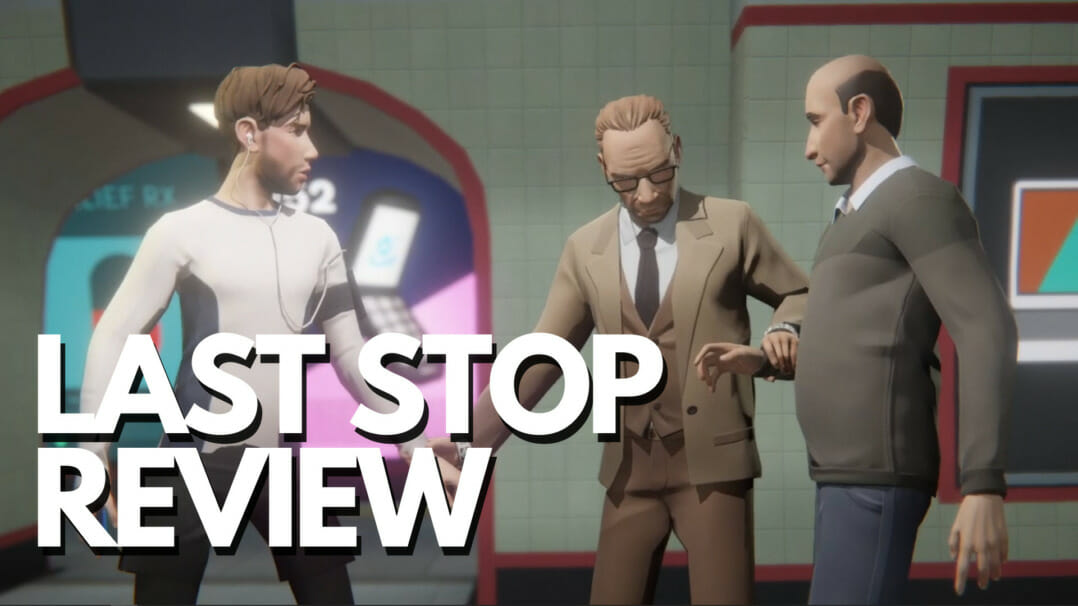Developed by Variable State, Last Stop is a narrative game that follows three distinct yet interconnected storylines. Despite feeling like it would combine the mechanics of Heavy Rain with the decision-making of Telltale Games titles, it ultimately ends up feeling like a standard Balboa ice cream bar.
It’s got a sweet tasty chocolate layer that covers a sizable chunk of vanilla. And while there’s nothing wrong with the flavor, you’re constantly left wishing there was something more to its core.
Beginning at the same subway stop near the Piccadilly area of London, Last Stop follows the lives of three individual protagonists. Each of them has his or her own story that ties into a supernatural occurrence beneath the station.
The game’s narrative slowly connects these stories with each other, culminating into one final chapter where answers finally present themselves.
Throughout the journey, you make dialogue choices and execute actions from on-screen prompts similar to Heavy Rain. All of this wrapped in a simple yet elegant and colorful art style that fits the experience like a glove.
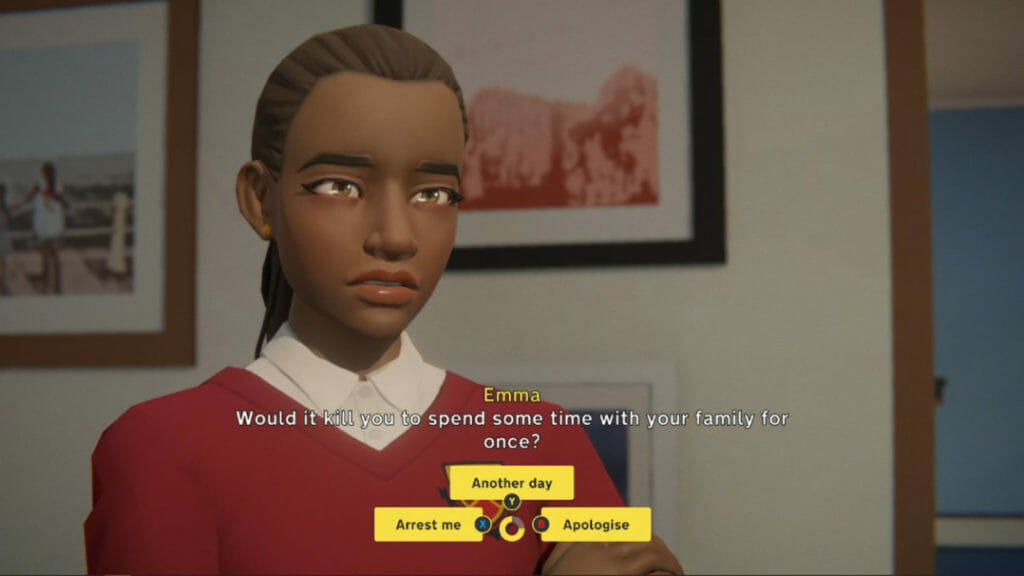
All three stories take place near a subway station on London’s Piccadilly line, each with its own title. The game kicks off with two teenagers that are being chased by two police officers throughout the station.
After making their way onto the tracks and through a service door, they encounter a strange man who speaks as though he’s met them before. He opens a door which leads to a bright green void, urging the teens to follow before it’s too late.
After the cops arrive at the scene, only one teen remains and the door merely opens to a brick wall. From here, the game begins and you can select from which story you want to start your journey.
Paper Dolls follows John Smith, a single father trapped in a demeaning job. Besides him and his daughter, Molly, being in financial dire straits, he also has to grapple with his younger manager who torments John every chance he gets.
Stranger Danger has you spend time with Donna Adeleke, a girl in secondary school who lives as the black sheep of her lower middle class family. Grappling with the expectations of her adult sister, she spends her time with her two best friends, Vivek and Becky, in order to stay away from home.
Finally, Domestic Affairs puts us in the shoes of Meena Hughes, a superstar employee of her company who battles the pressures of competing against a younger new hire and the narcissistic behavior of her belligerent father by having an affair.
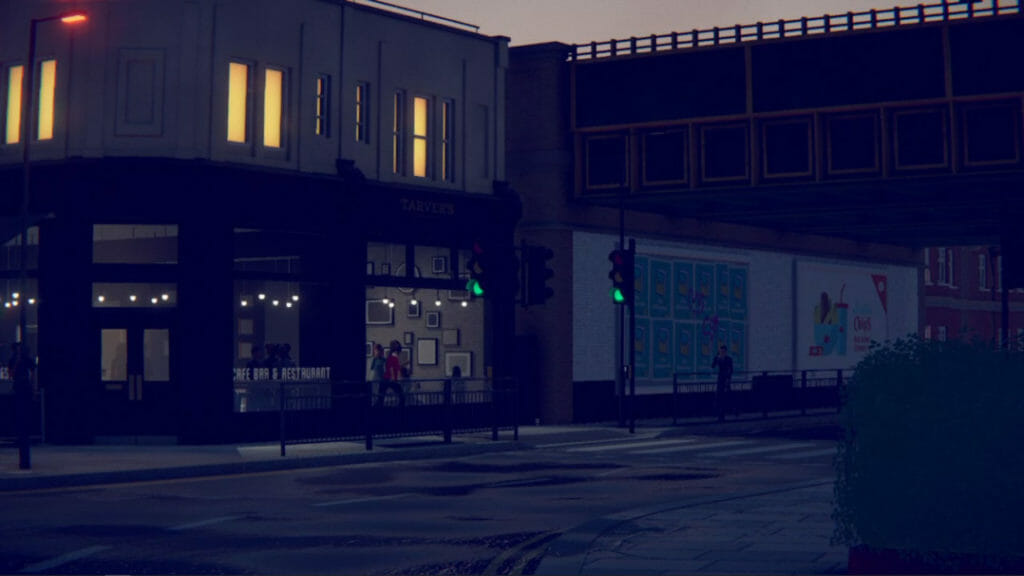
All three of Last Stop’s narratives intertwine through a supernatural energy that exists underneath the subway station. Donna and her friends encounter a strange, handsome man with glowing green eyes.
He notices them spying on him in an abandoned facility which forces the three teens to knock him out and restrain him. John Smith is body swapped with his neighbor by the same mysterious man from the opening sequence and has to act and behave like him until they can find a solution.
I won’t go into Meena’s side as it would heavily spoil the overarching narrative of the game.
The above stories all play out in 6 chapters, culminating in a final seventh chapter that brings them all together. Tonally, they’re all quite distinct yet still feel part of the same world.
Paper Dolls was my favorite as it blended both comedy and drama in a well-executed body swap story, which is a rare occurrence in gaming stories. Stranger Danger I also found was quite fun because of the characters. The bond and banter between Donna and her friends made me feel like I was part of a teenage detective story, following a bunch of meddling kids around to solve a mystery.
Domestic Affairs had some powerful moments, but what knocked it for me was Meena herself. Her stone cold demeanor coupled with her infidelity ultimately made her unlikable and not that interesting as a character.
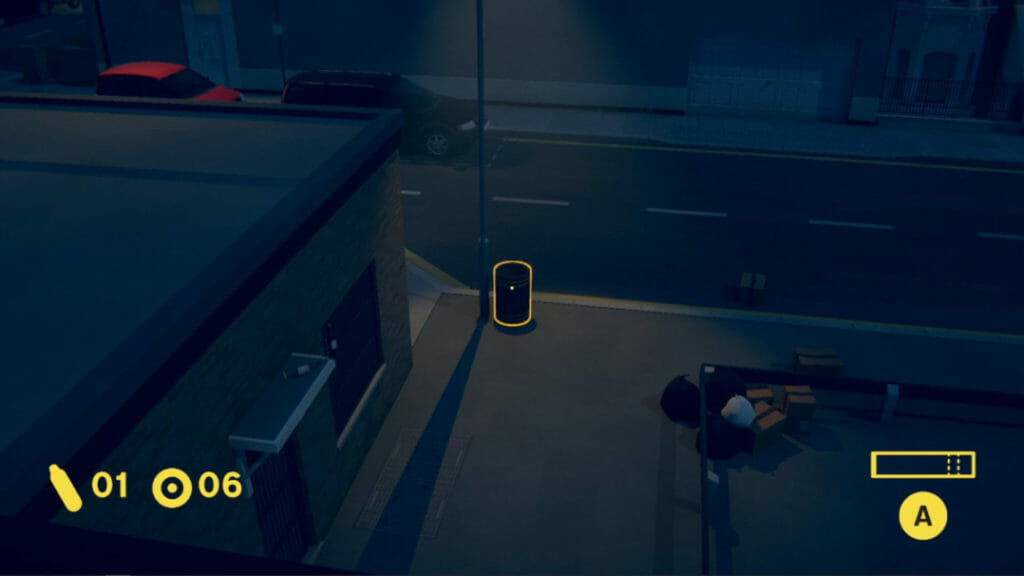
The final chapter threw me entirely for a loop in a good way, almost making me wonder if I was still playing the same game. It takes the story from mystery and drama with slight sci-fi undertones, to fully fledged fantasy and I loved it.
The last moments leading up to the seventh chapter are played out masterfully as the three stories bring their respective protagonists together to unravel the mystery of the subway station.
This brings me to Last Stop’s presentation. Visually, the game has a simple, cartoony art style that works remarkably well in all situations. Its colorfulness allows for the brighter scenes to shine. At night, where there is more intrigue, the game’s use of shading and darker colors conveyed the appropriate tones, drawing me into the drama and suspense of the game’s more tense moments.
There’s some solid use of color tints in certain moments. For example, when John is in his office, and we’re going through his day-to-day on the job, there’s a subtle grayness overlaying the scene, making me feel pity for the man’s plight. It’s not something new but definitely a technique employed more in movies rather than games.
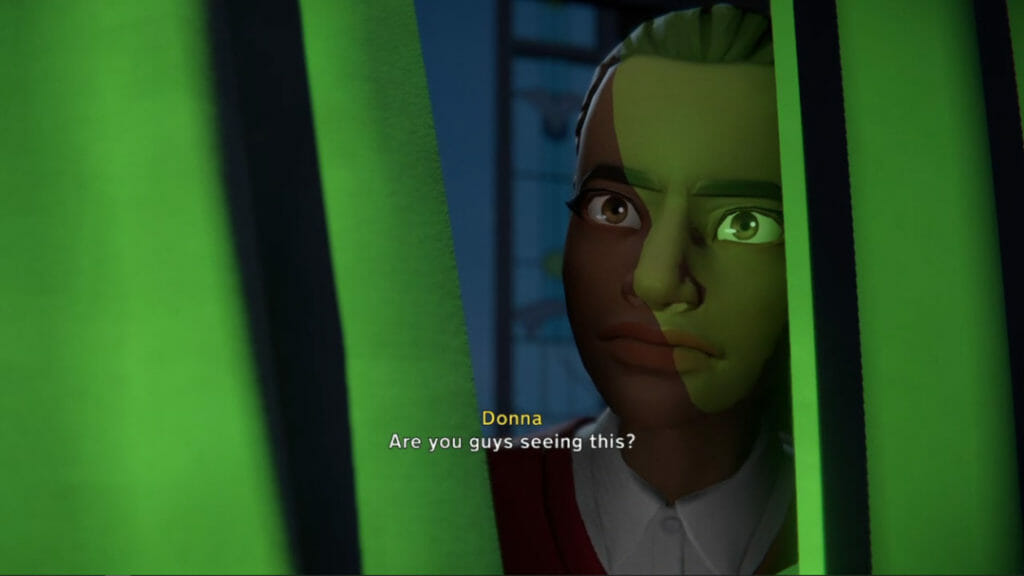
What surprised me the most was the voice acting. Throughout the entirety of Last Stop, I felt the acting was spot on. Line delivery from all actors pulled me in during dramatic moments and genuinely made me laugh when things got a big goofy. It’s all blended together with a well-conducted score that sets the tone for every scene and the story spectacularly.
Last Stop’s art style is at its finest during walking sequences. Using overhead shots and varied camera angles gave life to the surrounding neighborhood. Particularly when I’m walking Donna around in the night. I feel this sense of precariousness, as though I’m sneaking out to get up to no-good.
I felt like the city was a living community without the game needing to shove in a bunch of NPCs to make the same point. It’s a clever technique that makes Last Stop feel more like a movie experience rather than a game, which is both a compliment and a criticism.
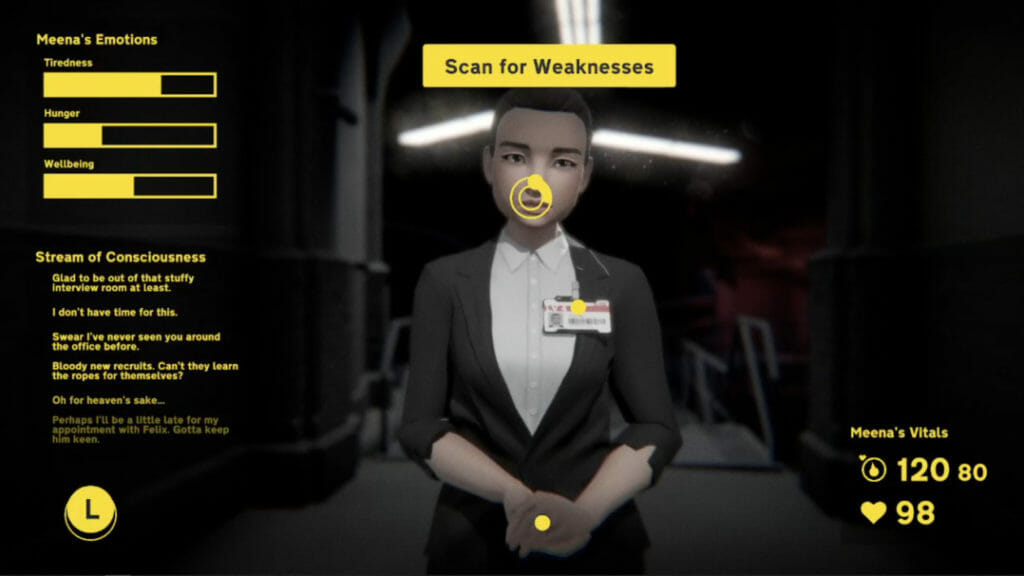
For all of its narrative excellence, Last Stop suffers with its gameplay. Besides following its narratives, the game has two mechanics on offer, dialogue choices and quick-time events. As conversations and exchanges play out, the game gives a choice between three responses. While on the surface they appear to be different, they’re all slight tonal variations of what we can effectively regard as the same response.
For example, during banter with Becky and Vivek, Donna can choose to make a lighthearted joke towards the latter, criticize him or steer the conversation elsewhere. From the context of the scene, however, all three responses effectively do the same thing, albeit with varying emotions.
Such choices aren’t necessarily bad but they lose their impact when you factor in that your dialogue decisions in Last Stop have no bearing on the direction of the narrative.
Admittedly, at first I found this to be an immersive way to experience the story as it unfolded. I had moments where I felt like I was John, giving him the strength to speak up when he probably wouldn’t have. However, once I realized that none of it mattered and the result was always the same, the immersion shattered.
The core problem with games that employ dialogue choice mechanics is that as players we want to feel like our decisions matter. When the choices don’t matter, then the mechanic feels like a glorified “skip scene” button. The same, unfortunately, can be said about the game’s quick-time events.
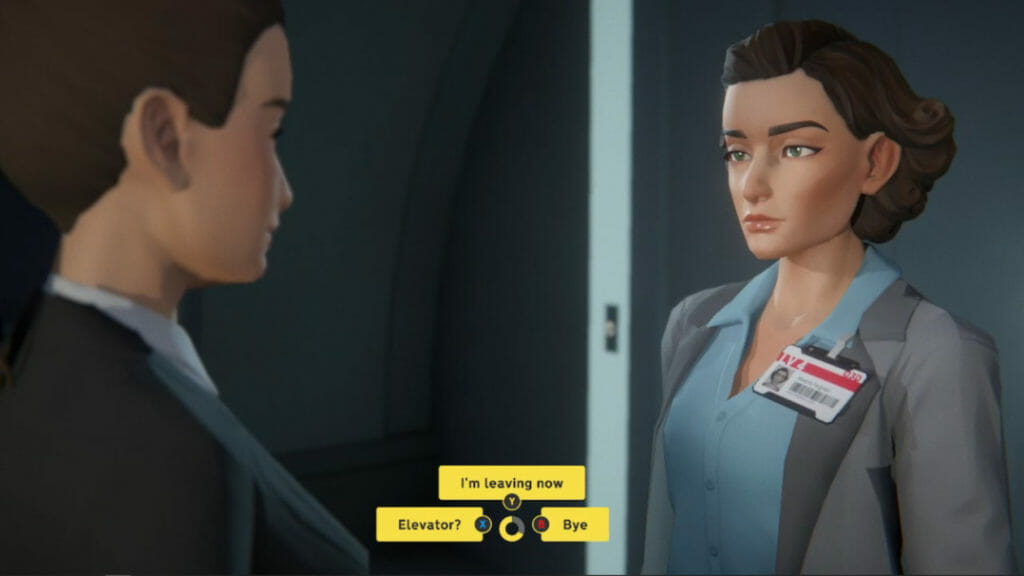
These operate similarly to the ones found in Heavy Rain. The game prompts you to perform actions by using on-screen prompts. These actions can range from the mundane, like making John jab at his computer keyboard, to being crucial to the story, such as having done climb up boxes to take a picture of the stranger with the glowing eyes.
In all cases, these actions don’t matter either. John will passively peck away on his computer while Donna will still take a tumble from the boxes, regardless of your execution of the button sequence. In fact, there’s a sequence where I had to tap on my shoulder buttons to make the characters run away from a moving train.
Even when I didn’t press the buttons, though, they still ended up narrowly dodging it. It’s all enough to make me wonder why include these mechanics at all.
There are a few choices that do matter, somewhat. During Paper Dolls, John, as both himself and as his neighbor, Jack, has a couple of opportunities to change his clothes. Some lies you’re forced to choose between also garner different responses from the supporting characters at times.
Once again, there’s no real impact to the story itself but it’s nice to see the world responding to my choices, even in such a subtle manner.
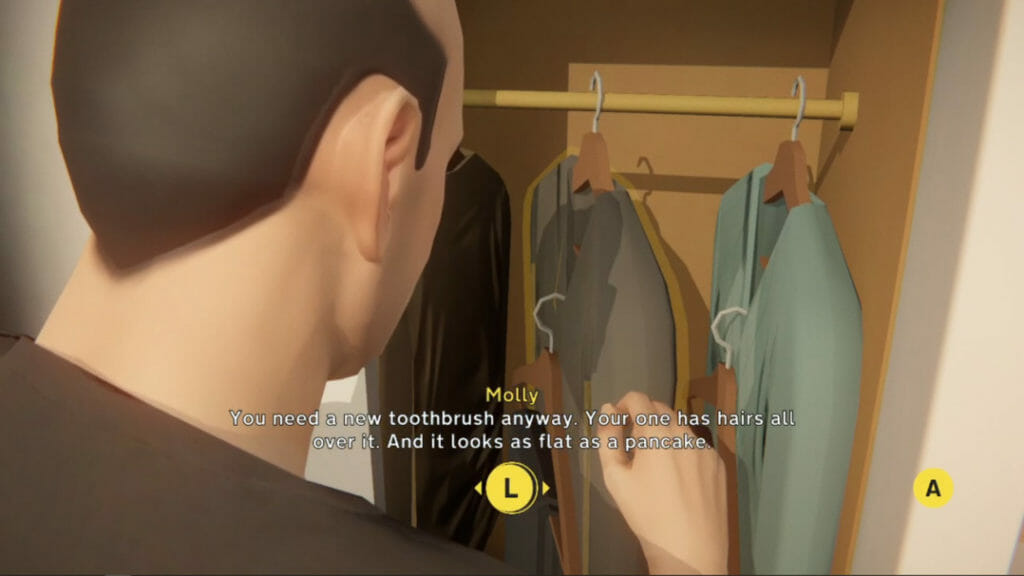
This same feeling of being let down by the gameplay also carries over into the game’s very strong ending. As a story, the intersection of the three protagonists’ paths feels satisfying, but it’s accompanied by a mere binary decision.
This gave me the same feeling as the ending of Mass Effect 3. Having concluded a long journey following 3 distinct characters, only to have the one final “this or that” choice be the ultimate deciding factor felt like a rug pulled from underneath me.
When I look at Last Stop at a story level, the game executes its premise near flawlessly. There are a few blemishes but they don’t subtract from the overall experience.
Once I look at the gameplay layer, however, I can’t help but feel that there’s supposed to be something more that motivates me to engage with its mechanics.
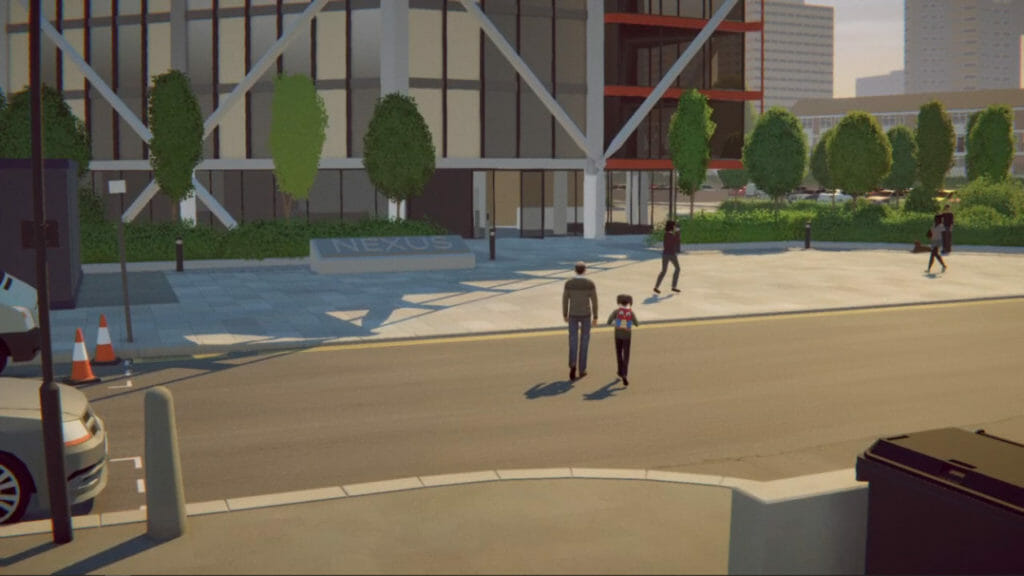
Because the game gave me Telltale vibes, I was half-expecting messages to pop up telling me characters would remember what I said and that each chapter would show me how many other players made the same choices I did.
None of these actually came to pass, though. After I concluded the game’s 6 hour story, I had a look at other people’s playthroughs on YouTube and found the differences from my choices were negligible at best.
As the sum of all its parts, Last Stop is still a worthwhile experience. We can argue that it’s not necessarily a gaming experience, but that feels unfair. There are elements of gameplay that add the interactivity that one seeks when playing a game.
However, players want to feel that their actions affect the world around them, and Last Stop fails at delivering that promise.
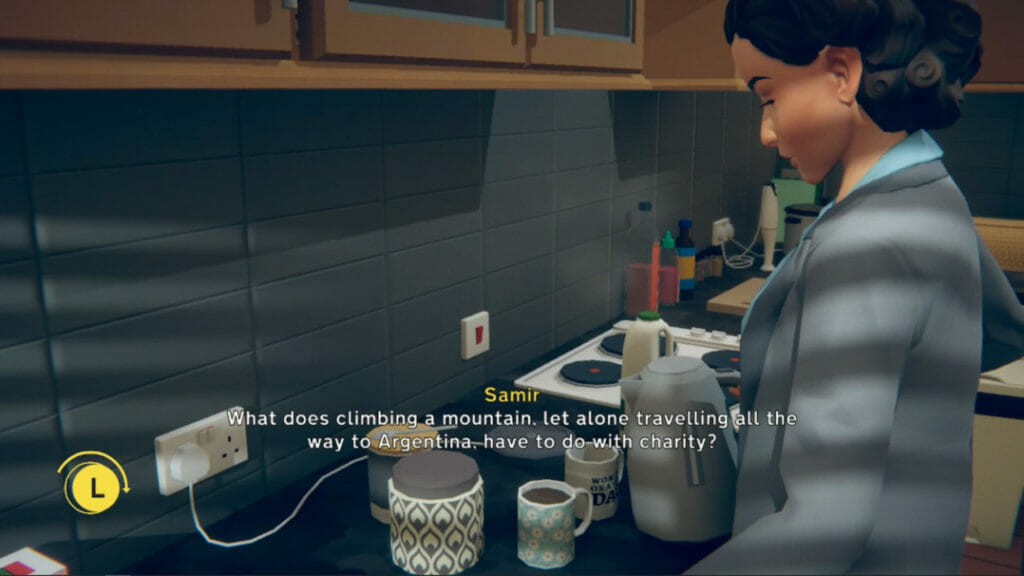
Last Stop is best treated as a visual novel. There are some mechanics here that add enough interactivity to keep you engaged with its already intriguing narrative. When seen as purely a storytelling experience, it’s well-worth sticking around until the end.
The art is beautiful. The soundtrack is captivating. And the story concludes in a satisfying way. It’s ultimately hard to walk away, though, without feeling like there could have been more to the experience.
If you’ve been looking for a linear storytelling experience that’s laid-back in terms of gameplay, Last Stop won’t disappoint you. If the game’s description had you expecting something more, though, this may not be the game for you.
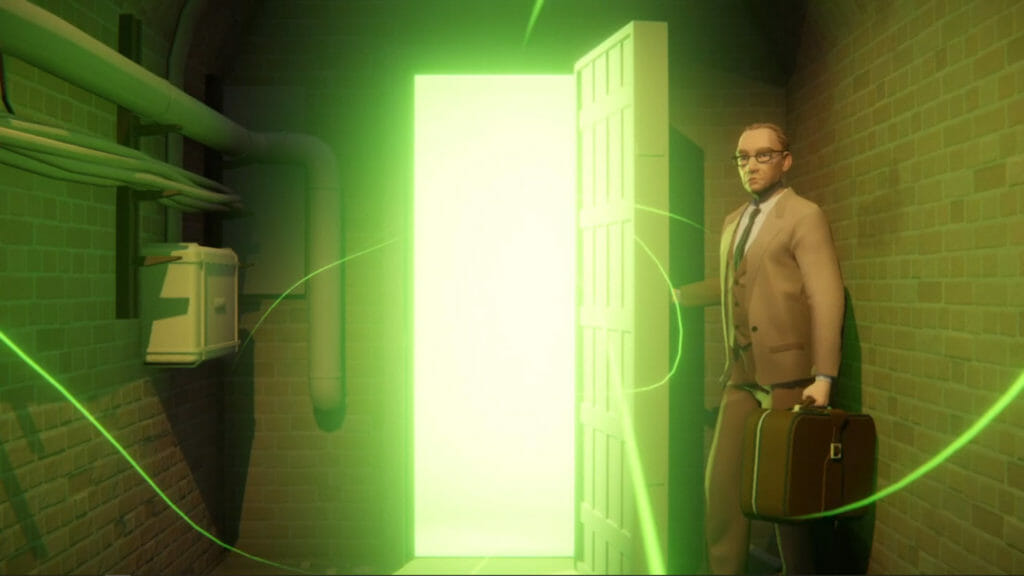
Pros & Cons
Pros
- Three interconnected character-driven storylines
- Storylines have their own tone
- Engaging voice acting
- Simple yet impactful art style
Cons
- Dialogue choices are meaningless
- Final chapter culminates in a single binary choice for each character
- Success and failure of QTEs both end with the same result


